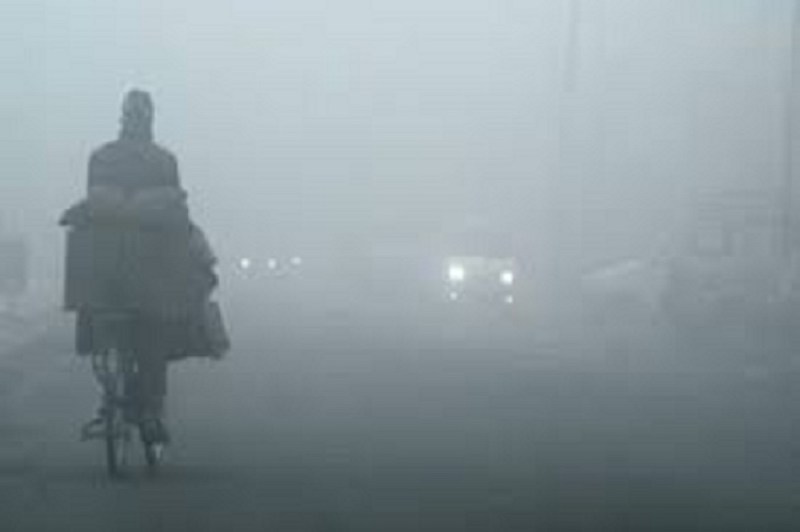
AQI Levels to Remain Concerning in Winters, Strict Measures Recommended
As the weather patterns change across the country, concerns about air pollution are escalating. The Central Pollution Control Board (CPCB) has warned of deteriorating air quality in several cities during the winter season. According to a CPCB report, the average AQI (Air Quality Index) is likely to remain above 300 from October to February, falling under the 'Very Poor' to 'Severe' categories. This report, prepared under the 'National Clean Air Programme' (NCAP), includes monitoring data from 131 cities. Based on this report, it has been recommended to implement Stage-4 of the GRAP (Graded Response Action Plan) in Delhi-NCR from November 15 to January 30. Alerts have also been issued regarding the AQI in several other major cities, including Mumbai, Lucknow, Jaipur, Jodhpur, Bhopal, and Raipur.
Patrika Explains:
How Air Pollution Increases:
During winters, smog increases due to stagnant air. Wind speed also decreases, causing PM 2.5 and PM 10 levels to exceed 100 micrograms per cubic meter. For instance, in Delhi-NCR, 40% of pollution originates from stubble burning, 30% from vehicles, and 20% from industries.
How GRAP is Implemented:
GRAP, or 'Graded Response Action Plan', is implemented to control air pollution and improve air quality. The plan has four stages based on the AQI level. Actions are taken according to the severity of pollution.
Stage-1 (AQI 201-300: Poor): Dust control, vehicle emission checks, and monitoring of construction activities.
Stage-2 (AQI 301-400: Very Poor): Road washing, ban on diesel vehicles, and strict adherence to emission standards for industries.
Stage-3 (AQI 401-450: Severe): School closures, halting non-essential construction, and restrictions on old vehicles.
Stage-4 (AQI 451: Emergency): Closure of all non-essential activities, implementation of the odd-even rule, and promotion of public transport.
What are PM 2.5 (µg/m³) and PM10 (µg/m³):
These are two major indicators of air pollution that reflect the size and health impact of fine particles present in the air.
PM 2.5 (µg/m³): This stands for 'Particulate Matter 2.5 micrometres'. These particles are 30 times finer than human hair, with a diameter less than 2.5 micrometres. They are formed from vehicle exhaust, industrial and chemical emissions, and stubble burning.
Impact: These particles penetrate deep into the lungs and can cause asthma, lung cancer, and heart disease. The safe limit is below 60 µg/m³ (micrograms per cubic meter).
PM 10 (µg/m³): This stands for 'Particulate Matter 10 micrometres'. These particles have a diameter less than 10 micrometres. They are formed from road dust, construction activities, and dusty winds and storms (like in Rajasthan).
Impact: These particles affect the upper respiratory tract, potentially causing cough and allergies. The safe limit is below 100 µg/m³.
Published on:
16 Oct 2025 09:15 am
Big News
View AllNational News
Trending

